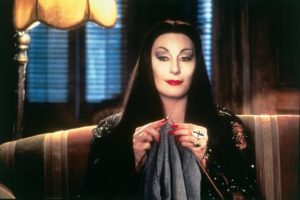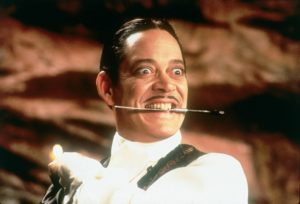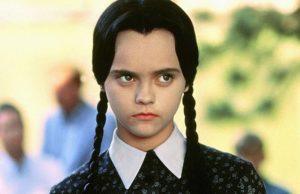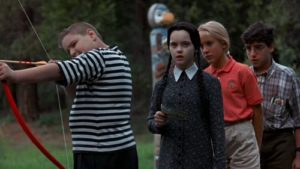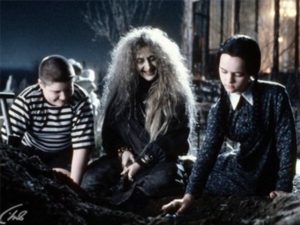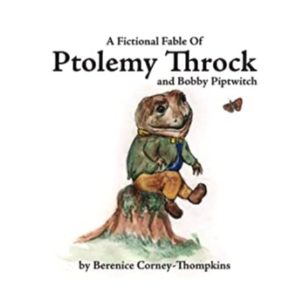 Title: A Fictional Fable Of Ptolemy Throck and Bobby Piptwitch (Fictional Fables Book 1)
Title: A Fictional Fable Of Ptolemy Throck and Bobby Piptwitch (Fictional Fables Book 1)
Author: Berenice Corney-Thompkins
Publisher: Self-Published
Publication Date: October 17, 2020
Genres: Fantasy, Young Adult
Length: 20 pages
Source: I received a free copy from the author
Rating: 3 Stars
Blurb:
A charming tale of two frenemies and their one-upmanship, A Fictional Fable Of Ptolemy Throck and Bobby Piptwitch will delight children of all ages, and please their guardians too! With absorbing artwork, charismatic and crafty characters, palaverous and periphrastic pleonastic narrative and dialogue, the Fictional Fables series will appeal to fans of Victorian-era compositions as well as contemporary retroists!
Review:
Subtle is the name of the game here.
I appreciated the way the narrator gently shared the message of Ptolemy’s adventure. He learned an important lesson along the way, but it was shared in such a way that the reader gradually realized what was happening at the same time he did. The storyline revealed certain facts along the way, but there never so much of a whiff of moralizing about it. Rather, the characters naturally grew and changed as a result of their experiences. That is a breath of fresh air in this genre, and I can only hope it becomes a much more common way to show readers the possible positive effects of their actions if they make certain choices in life.
While I completely understand that this tale was written in a Victorian style that is rarely used in modern picture books, the vocabulary in it made it difficult for me to determine who the audience was and who I should be recommending it to. There were multiple words that many contemporary adults don’t know the definitions of, much less the early grade school audience I believe this was written for based on the content of the plot itself. If the target audience was clearer, I would have chosen a higher rating.
With that being said, the subtext of this story was marvellous. Ptolemy might have appeared to be a fairly straightforward character at first, but there were more layers to his personality and understanding of social nuance than I first assumed. My favourite scene happened at the end when the audience finally gets a peek behind his happy-go-lucky persona. This was one of the major reasons why I assumed this was actually meant for adults and confused by how it was marketed.
If you enjoy mature picture books with multiple layers of meanings, A Fictional Fable Of Ptolemy Throck and Bobby Piptwitch is a good place to start.

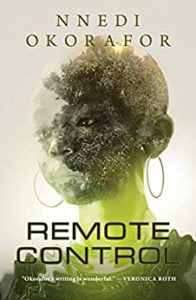 Title: Remote Control
Title: Remote Control Title: The Ursus Versus
Title: The Ursus Versus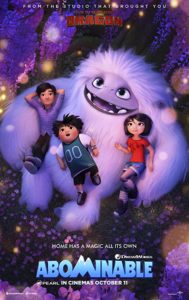 Content warning: vomiting and references to the death of a parent. I will not be discussing these things in my review.
Content warning: vomiting and references to the death of a parent. I will not be discussing these things in my review.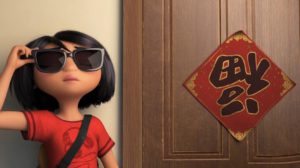

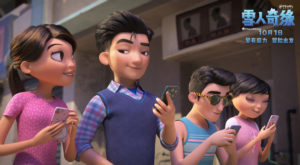

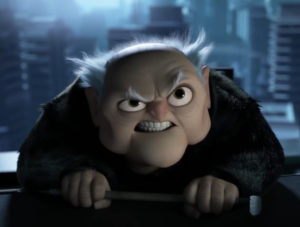
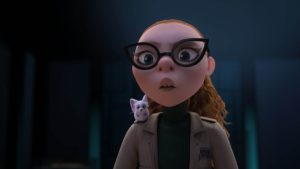
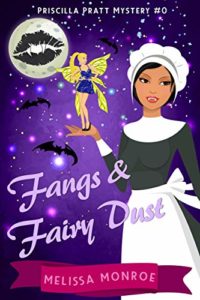 Title: Fangs & Fairy Dust
Title: Fangs & Fairy Dust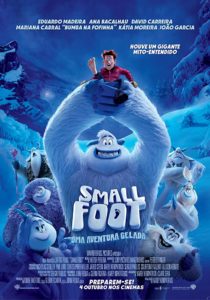 Smallfoot is a 2018 American children’s animated fantasy film about a yeti who is convinced that those elusive creatures knowns as “smallfoots” or “humans” really do exist.
Smallfoot is a 2018 American children’s animated fantasy film about a yeti who is convinced that those elusive creatures knowns as “smallfoots” or “humans” really do exist.

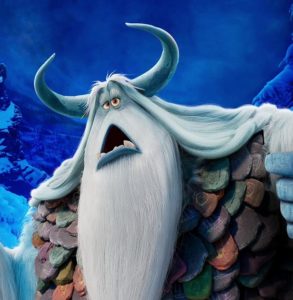

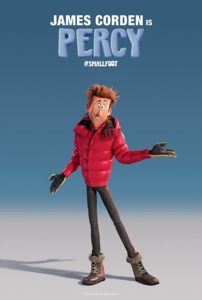
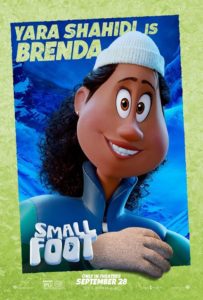
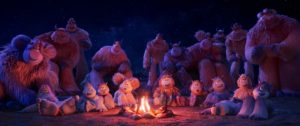
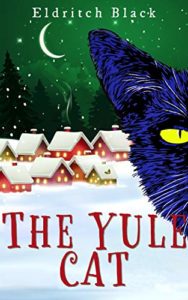 Title: The Yule Cat – a Christmas Short Story
Title: The Yule Cat – a Christmas Short Story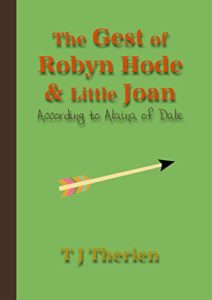 Title:The Gest of Robyn Hode & Little Joan According to Alaina of Dale
Title:The Gest of Robyn Hode & Little Joan According to Alaina of Dale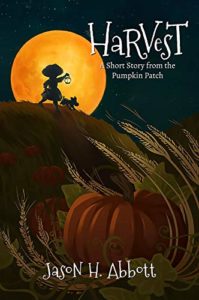 I’d like to thank Berthold Gambrel for
I’d like to thank Berthold Gambrel for  Content warning: Childbirth and dark humour. I will go into detail about the latter in this review.
Content warning: Childbirth and dark humour. I will go into detail about the latter in this review. 